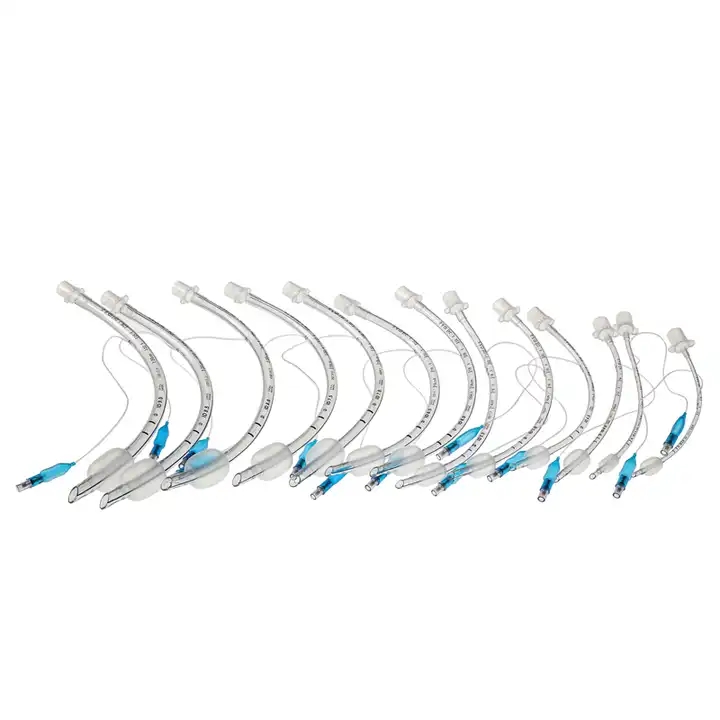Henan Aile Industry CO.,LTD. |
|
Verified Suppliers
|
|
HENAN AILE INDUSTRIAL CO., LTD is a company for operating medical disposables ,our main products are specialized in anesthesia products and respiratory products . In detailed, the anesthesia products include Standard Endotracheal Tube, Preformed Oral/Nasal Endotracheal Tube,Reinforced Endotracheal Tube.
Amoung them, the Standard Endotracheal Tube is a method of inserting a special endotracheal tube into the trachea or bronchus through the mouth or nasal cavity. And the Standard Endotracheal Tube Cuffed is one type of it, which has different size to adapt to different medical needs,including 3.0mm to 10.0mm.
A cuffed nasal endotracheal tube is a type of nasal tube used for airway management and mechanical ventilation. It is similar to an uncuffed nasal endotracheal tube, but it also includes an inflatable cuff at the distal end of the tube.

Here are some important points about cuffed nasal endotracheal tubes:
Considerations: When using a cuffed nasal endotracheal tube, it's important to carefully monitor the cuff pressure to avoid overinflation or underinflation. Overinflation can lead to tracheal damage, while underinflation may result in air leakage and inadequate ventilation. Regular monitoring and adjustment of cuff pressure are necessary to maintain an appropriate seal.
The specific steps for using a cuffed nasal endotracheal tube are similar to those of other nasal intubation techniques, as described earlier. However, additional attention should be given to proper cuff inflation and monitoring to maintain a secure airway and effective ventilation. Healthcare professionals trained in airway management should follow established protocols and guidelines when using cuffed nasal endotracheal tubes.
| Size | 10.0mm | |
| Murphy Eye | Reducing the risk of occlusinon and maintaining airflow | |
| 15mm connector | Reliable connection to all standard equipment | |
| Balloon | Providing even pressure to maintain good sealing,reducing ppressure on the tissues of trachea | |
| Wire coil | Increasing flexibility, providing effective resistance to kinking | |
| Valve | Ensuring continual cuff integrity | |
| Radiopaque | Allowing clear identification of the tube on radiographic images | |


After the endotracheal tube is in place and a patient connected to a ventilator, healthcare providers will continue to monitor the tubing, settings, and provide breathing treatments and suctioning as needed. Careful attention to oral care will also be provided. Due to the location of the tube, patients who are conscious will be unable to talk while the tube is in place.